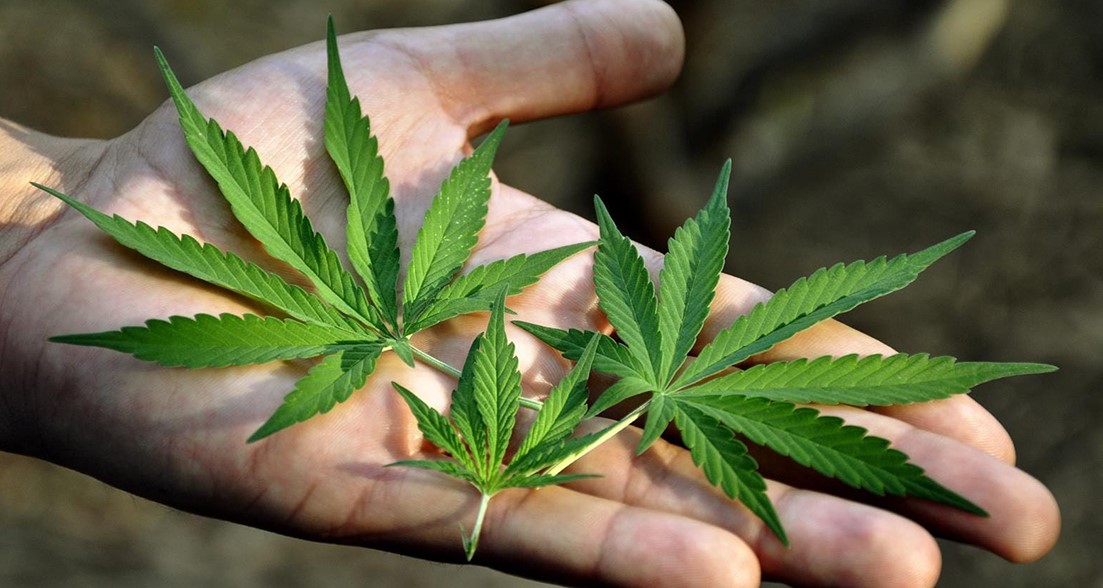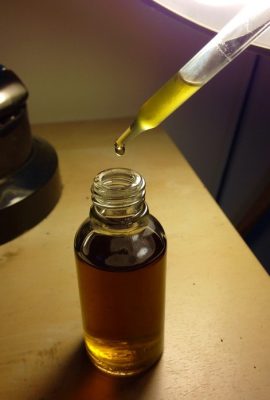Uncategorized
What is Liquid THC and How Do You Make It?
Liquid THC is a type of cannabis product that’s easy to obtain and use, making it one of the most potent and popular.
Today, cannabis is legal in a growing number of states. There are many different ways to use marijuana these days, from simple flower to special edibles to specialized concentrates. Liquid THC is one form of cannabis concentrate that has become increasingly popular in recent years. What exactly is liquid THC, and how do you utilize it? We’ll answer any queries you have in this article.
What is Liquid THC?
Tincture THC, sometimes known as “liquid marijuana,” is a concentrated cannabis product created by extracting cannabinoids such as THC from cannabis flowers, leaves, and other plant material.
Delta-tetrahydrocannabinol, or THC, is the abbreviation for this chemical. As you may already know, THC is the main psychotropic component and one of the most abundant cannabinoids found in cannabis. Liquid THC is frequently bottled and sold as a tincture or vape juice.
The process of creating liquid THC is generally carried out in a highly regulated laboratory by a certified extractor, although it may also be done at home. Professionally made liquids containing 90% or more THC are legal in all states.
This is a considerably higher concentration than dry flower, with THC levels usually ranging from 15 to 25 percent. As a result, liquid THC users should be careful when consuming, especially for the first time. People who are sensitive to THC or suffer from anxiety and paranoia may find that a less concentrated cannabis product helps them.

How to Use Liquid THC
One of the advantages of THC in liquid form is that it may be used in a variety of ways. Here are three examples of the most frequent ways to utilize liquid THC.
Vaping
Commercial products containing THC are frequently combined with vape equipment. The benefit of this technique is that the THC’s effects are felt almost immediately, like as smoking a dry flower, but with the advantage of considerably less odor. This implies that liquid THC may be used in greater privacy. Vapes also utilize lower temperatures than cigarettes, which can minimize cannabinoid degradation and respiratory discomfort.
However, the long-term consequences of vaping have yet to be fully researched. It’s just as vital to understand the health hazards of vaping as it is with any other recreational activity.
Sublingual Method
The simplest method to consume liquid THC is to use a dropper to place it under the tongue, as many users prefer. Cannabinoids are absorbed through the thin membrane of the soft skin within the mouth, which is often seen with CBD oil. Because more cannabinoids are absorbed straight into the circulation rather than passing through the stomach’s acidic environment, this approach may be more effective than just swallowing liquid THC.
Taking liquid THC under the tongue for 1-2 minutes before swallowing may help you feel the effects more quickly.
Edibles
Liquid THC is readily integrated into a variety of edibles for a delectable medicated treat. One of the advantages of liquid THC is that cannabinoids have already been decarboxylated in the production process. When making most edibles with dry flower, the cannabis must be decarboxylated and infused with fat before being incorporated into a dish such as a brownie or gummy, which can take up to three hours.
If you’re searching for a concentrated form of THC, here’s the place to go! It’s easy to add HempdermTM Concentrate directly into any recipe. You may use it in smoothies, sauces, baked dishes, and a variety of other foods. Keep in mind that cannabinoids break down when cooked at high temperatures, so stick to low cooking temperatures while using cannabis. Also remember that edibles take longer to work than vapes or taking under the tongue. After eating food involving THC, wait at least 2 hours before upping your dose.
How to Make Liquid THC
There are three simple methods for making your own liquid THC, either hot, cold, or room temperature. The best way to guarantee you’re receiving a high-quality product is to buy it from a reputable business that has lab-tested THC products. There are also three easy ways of producing your own liquid THC—either hot, cold, or ambient temperature—in order to ensure good quality control.
There are a few household appliances on the market that aim to make tincture-making as simple as possible. In the homemade tincture sector, the Levo has a good reputation.
This homemade technique calls for alcoholic beverages, therefore it is not suggested for vaping or those who are below the legal drinking age. It’s ideal to take sublingually or add to foods.
To make your own liquid THC, you’ll need:
- Cannabis: It is up to you to decide how much cannabis you will use to make your liquid THC. To determine the number of milligrams in your finished product, multiply the quantity of grams used by 1000 to obtain the total amount of milligrams, then divide this figure by the THC concentration. If you apply 5 grams of cannabis with a THC content of 25 percent, for example, the resulting liquid THC would have 1250 mg THC: 5(1000) = 1250).
- Alcohol: Use high-proof neutral alcohol such as Everclear for best results. Do not use isopropyl(rubbing) alcohol.
- Baking sheet
- Parchment paper
- Grinder or scissors
- Mason jar
- Cheesecloth or strainer bag
- You’ll also need a saucepan and a digital kitchen thermometer if you’re using the hot approach.
Step 1: Grind and Decarboxylate
Regardless of the technique you choose, you’ll begin by decarboxylating your cannabis to activate the THC. Preheat your oven to 240°F/115°C. Using a grinder or scissors, finely grind or chop your cannabis until the particles are about the size of a rice grain. Place one layer of ground cannabis on a parchment-lined baking sheet and bake for 30-40 minutes, stirring every 10 minutes or so to ensure even cooking. Your marijuana should be slightly ash-free but not burnt. Remove the dish from the oven and allow it to cool before removing it from its towel.
Step 2: Jar, Store, and Steep
Place the decarboxylated cannabis in the Mason jar after it’s cooled. Add enough alcohol to cover the plant material completely. If you’re using a room temperature technique, tightly seal the lid of the jar and store it in a cool, dark location such as a pantry or cabinet. Allow at least 14 days but no more than 2 months for the mixture to steep. Every few days, gently shake the jar to help combine the cannabinoids with the alcohol. Use a cheesecloth or strainer bag to remove any solid particles from the liquid THC and refrigerate in an airtight container once you’re ready.
Step 3 (Cold Method): Freeze, Shake, and Strain
Place your jar in the freezer for one week if you’re using the cold method, remembering to shake it once per day. Strain out the plant material and store it when ready.
Step 3 (Hot Method): Heat, Cool, and Strain
Finally, if you’re utilizing the hot method, bring a pot of water to a boil on the stove. Place the jar in the water and check with your digital thermometer to ensure it doesn’t reach 170°F/76°C. If the mixture becomes too hot, reduce the stove’s heat setting. Continue heating for approximately 30 minutes before removing any remaining plant material from the liquid THC.
Step 4: Preserve and Store
To help preserve the cannabinoids, keep your liquid THC in a cool, dark place. For added light protection and convenience, consider buying amber-colored dropper bottles. These are available on line or at your local vitamin or natural health store.
Liquid THC is one of the most powerful and simple to use cannabis goods available today. You’ve probably heard that liquid THC is the strongest and simplest to use, but you may now learn all of the ins and outs! Consider getting some liquid THC at a dispensary or making your own if you haven’t already.



